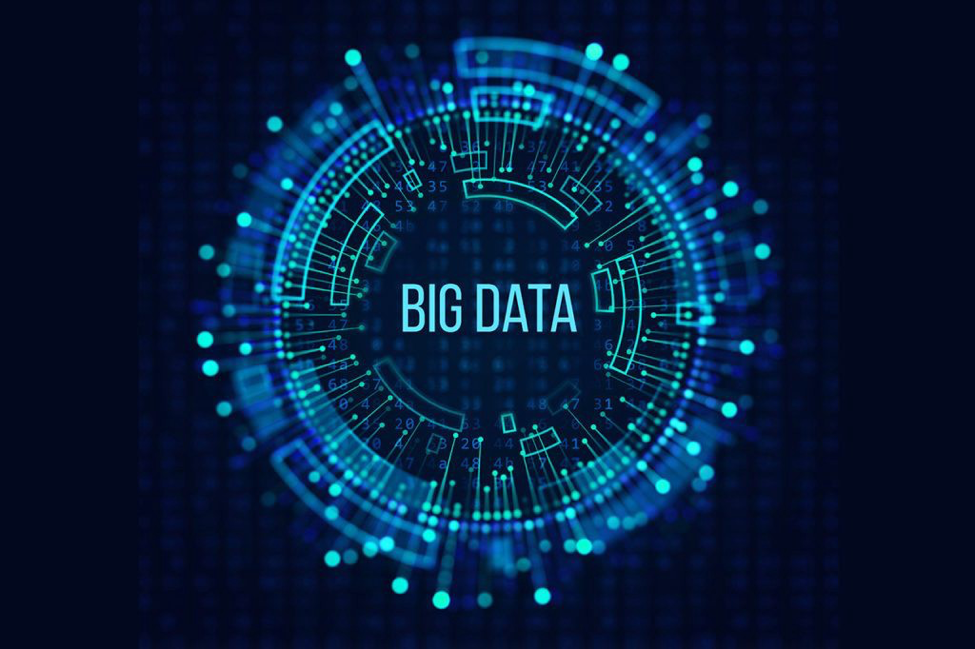Whatever we do in the technological and digital world, we leave a trace of our behavior, our choices, our preferences and our habits.
When we use the smartphone, when we buy through ATMs and credit cards, when we watch television, when we access an app from a smartphone or PC, when we ask Google a question to solve a problem, when we rely on Google Maps to lead us in one place and so on.
In each of these circumstances we generate a growing and massive flow of data, valuable information for companies, brands, businesses, organizations and stakeholders.
What are big data?
Wikipedia defines big data as follows:
The term Big data (“big data” in English) describes the set of technologies and methodologies for massive data analysis, that is the ability to extrapolate, analyze and relate a huge amount of heterogeneous, structured and unstructured data , to discover the links between different phenomena and predict future ones.
The expression massive data recalls both the fact that it is a large amount of data that continuously grows and updates, and that this data can be structured but also semi-structured or unstructured.
But when does a system get big? When the volume of data is consistent and correlated to the system’s ability to acquire, store and analyze information that comes from different and heterogeneous sources.
Big means, therefore, that the system is subject to the increase in the volume of data and the speed of the flow of information that it must first acquire and then manage.
To make you understand what amount of data we are talking about, just think that big data are measured in zettabytes, or in billions of terabytes, and that they are collected from heterogeneous sources: these are structured data, such as those collected in databases, but also of unstructured data, such as e-mail addresses obtained from profiles, images on social networks and GPS data.
The goal of big data is to be able to obtain additional, more precise, detailed and predictive information than that which can be obtained by analyzing a small amount of data. Volume, speed and variety, these are the three main distinctive features of big data:
- The volume refers to the enormous amount of this data collected;
- The variety refers to the heterogeneity of formats in which these data are available and the sources from which they come;
- The speed indicates, precisely, the speed with which these data are collected and analyzed.
Big data analysis methodologies
The acquisition and processing of big data required the design of new collection and analysis methodologies and technologies. In particular, we can distinguish 4 types or methodologies of big data analysis:
The Descriptive Analysis, or the methodologies and technologies used to describe the current and past situation of business processes or business projects, representing the performance indicators of the activity in a synthetic and graphic way;
- l ‘ Analysis Predictive , i.e. the data analysis tools that help you understand what might happen in the future using mathematical techniques such as regression and predictive models;
- l ‘ Analysis Prescriptive , used to identify strategic solutions and effective operational;
- l ‘ Analysis Automated , which includes tools that allow to implement independently and in automated manner the action desired and according to the result of the tests that were conducted.
What are big data for?
Big data are fundamental to develop competitive, innovative and constantly growing and improving business models.
They allow companies to collect a great deal of invaluable information on company performance, on the results of the strategies adopted and the operations implemented and on possible future forecasts.
In addition, they allow you to obtain information on the purchasing behavior of customers, on their habits and tastes, on reactions to certain events, on characteristics and customs.
Analyzing this data allows you to make targeted business decisions with the aim of tracking down new potential customers, increasing the number of customers and sales, making customer loyalty strategies more effective and implementing effective cross-selling strategies.
And, again, the analysis of big data allow you to plan marketing actions in a targeted and more effective way on each media, allow you to study in depth the target audience , to segment it and to understand how and when to reach it.
They allow to identify the psychological and motivational factors that convince people to buy a product or service and to create predictive simulations to understand how the market and the sector in which the Documentary Video Production Company Dubai operates will evolve.
Invest in big data analysis
In recent years, more and more companies are investing in the analysis of big data to develop effective and innovative business models and to make their sales, marketing and communication strategies more competitive. Investing in big data, therefore, means investing in the present and future of your business and seizing this opportunity is the key to success and success in contemporary markets.




